Uh-Oh! Insights On How P&G Failed And What This Means For You
Supply Chain Shaman
APRIL 27, 2022
At each company, there is a relationship between the metrics of growth, margin, inventory, customer service, and asset strategy. For the purpose of this article, I will use Return on Invested Capital (ROIC) as the proxy metric to discuss asset utilization.) Understanding this relationship requires modeling. (A A Case Study.

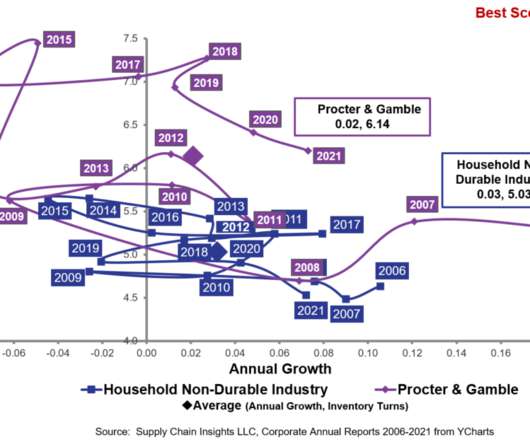

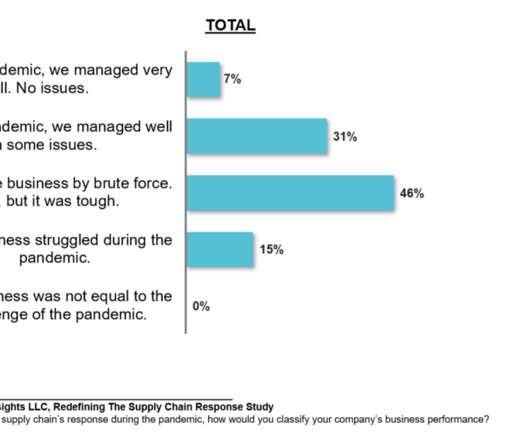

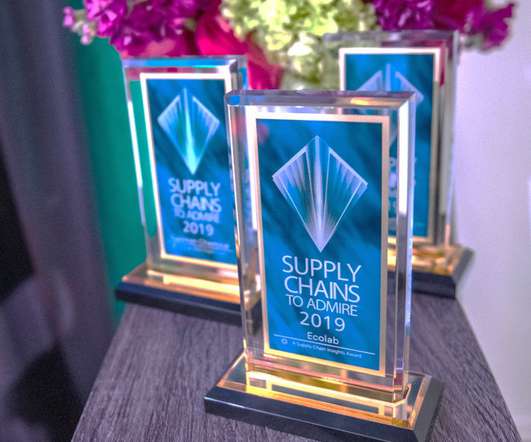





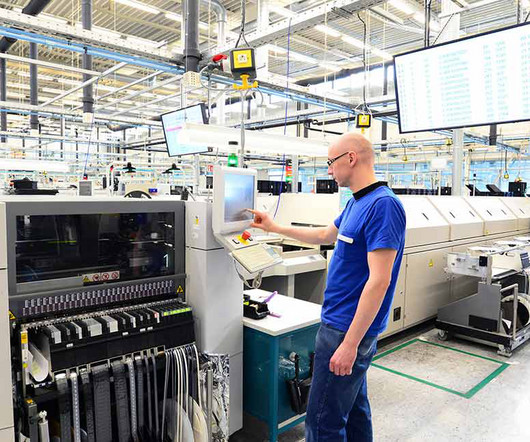


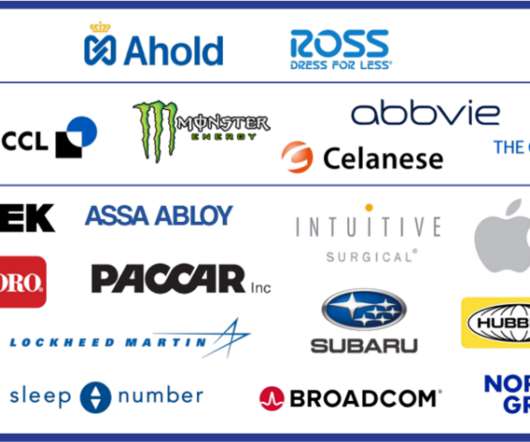


















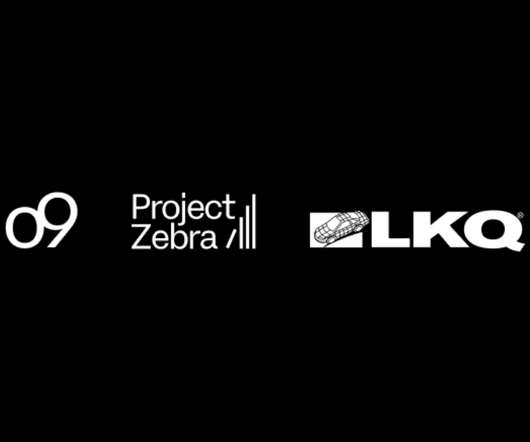


















Let's personalize your content